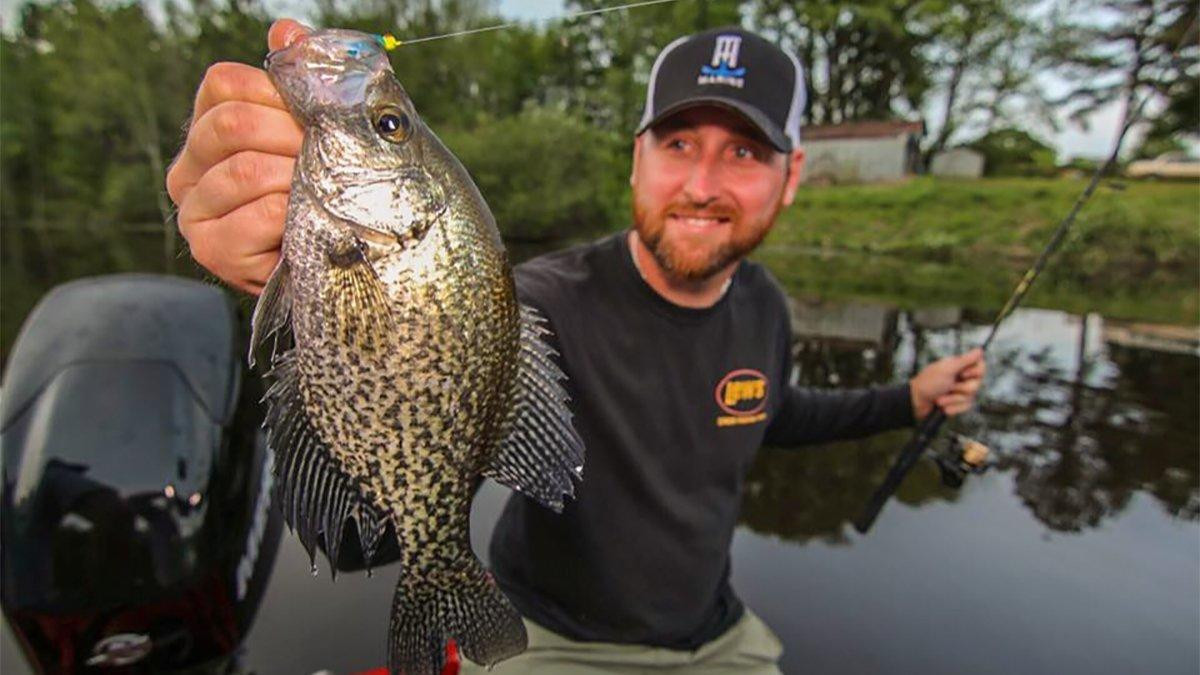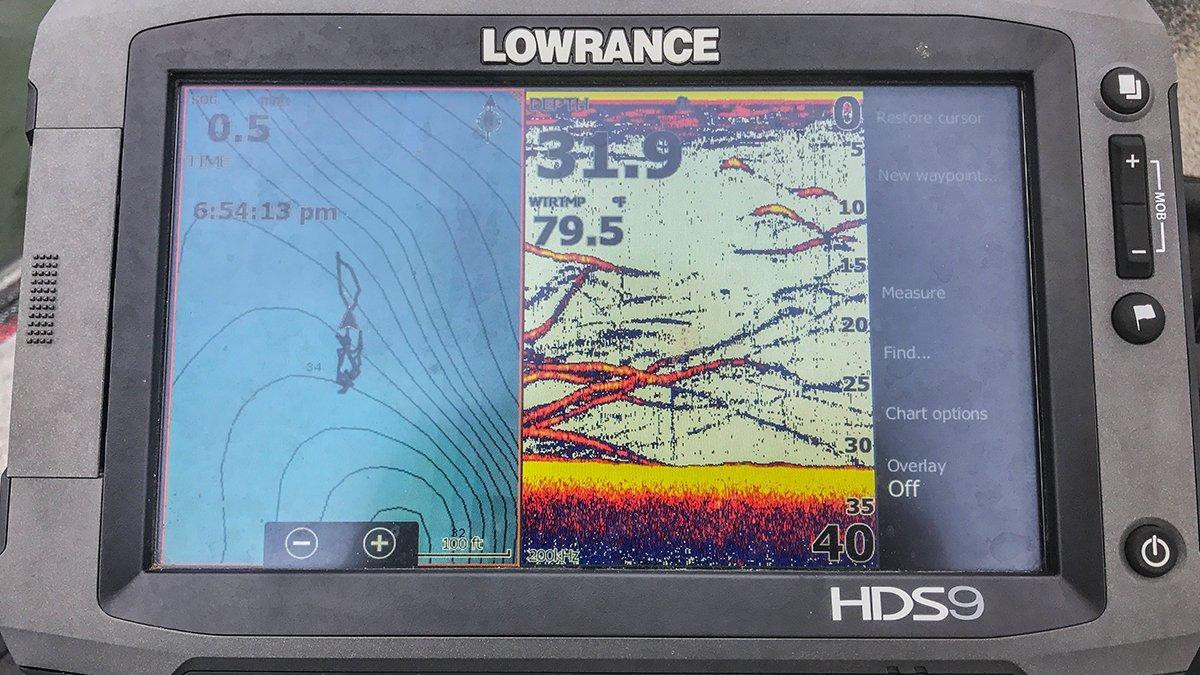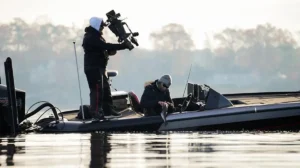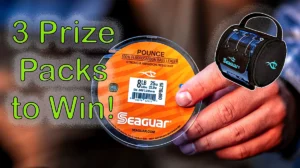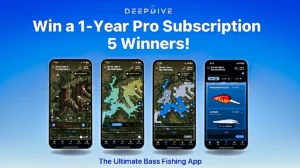The summer doldrums hit my area hard every year. My home lake doesn’t have much offshore structure to it and it’s evidenced by the poor tournament weights. You can go dangle a four-inch worm in a brush pile for 8 hours in 90-degree water and catch a 12-pound limit, but I honestly don’t want anything to do with that. It’s not fun for me and fishing, of course, is supposed to be fun.
So when June arrives, you won’t see me targeting bass very often. Aside from a quick evening trip or a mayfly hatch, I’m going to be bouncing around to different lakes and looking for all kinds of different species. I strongly believe that it makes me a better and more well-rounded angler.
Here are a few good reasons to take periodic breaks from the bass this summer.
Beat the burnout
If you do anything long enough—I don’t care what it is—you’re going to get burned out sometimes. Like most of the folks reading this, my entire life revolves around bass. When the fishing gets tough and you’re starting to get irritated with it, there’s no need to push it.
Just take a break. If you’re not relying on it for your income, take a breather for a few weekends and try something different. I guarantee it’ll be a revival and when you get back to bass fishing, you’ll feel like a brand new person. Break out some ultralights, grab a few buddies and crack some big bluegills or some channel cats on a farm pond. It’s important to keep things fresh and loose.
Remember: If you’re not having fun fishing, you’re doing it wrong. That’s your cue to change things up for a few trips.
You’ll learn your electronics better
I’ve learned more about my electronics while targeting stripers and hybrids than I ever have bass fishing. Bass are finicky; so even if you see a few of ‘em on your electronics, there’s a decent chance they won’t bite. Stripers and hybrids, on the other hand, are complete spazzes and bite almost anything you put in front of them. They’re also pelagic, which means they move a lot; this will force you to spend a lot of time on your electronics.
When it comes to gaining confidence in your units, find the stripers and drop vertically on ‘em. They’ll bite anything reflective like a cat chasing a laser pointer, which will do wonders for your confidence. Whether you’re trying to get better at finding fish with your front unit that you originally found on your console unit, or learning how to “video game” fish for the first time, these fish are some of the best teachers you’ll find in fresh water.
If you want to change things up for a few days, take all of the bass rods out of your boat. Bring two vertical jigging rods and use your maps to find some offshore humps. You’ll have all the fun you can handle and I promise—you’ll get a great electronics lesson.
You’re likely to stumble across a hidden bass pattern
If you spend enough time this summer chasing crappie, bluegill or stripers, you’re going to run across a killer bass pattern in due time.
If you graph enough humps or channel bends looking for stripers, you’ll drop on a wad of fish and they’ll end up being bass. And guess what? I’m willing to bet very few bass anglers have ever found or looked for those fish. They’ll be all yours and it might be the beginning of a big-time pattern you can run for the rest of the summer.
When you break out your bluegill gear, you also have a high probability of running across some giant bass. Some of the best summertime bass spots I’ve found in the last decade have been found when I was bluegill fishing with my friends or fiancé. There are certain factors that will prompt bass to show up to certain bluegill beds year after year, such as adjacent depth, cover and orientation. Whenever you hook a bluegill, I’d suggest letting them fight a little longer than normal and wear some polarized glasses—you’ll see some bass follow them that will make your knees knock.
Crappie fishing can also teach you a lot electronics and shad behavior. Summertime crappie are going to be found around the bait and ironically, so will the bass. If you spend some time looking for crappie and shad on your electronics (the crappie are usually stacked vertically), you’ll run across a few horizontal dots on the bottom, which are often bass. Make a waypoint and get back out there with a big swimbait or a deep crankbait and hold on tight.
If you’re finding yourself getting irritated with the slow summer bass fishing, there’s no shame in taking a little break. The more you can learn about all of your local fish species, the better you’ll understand the seasonal patterns and behavior of big bass.


